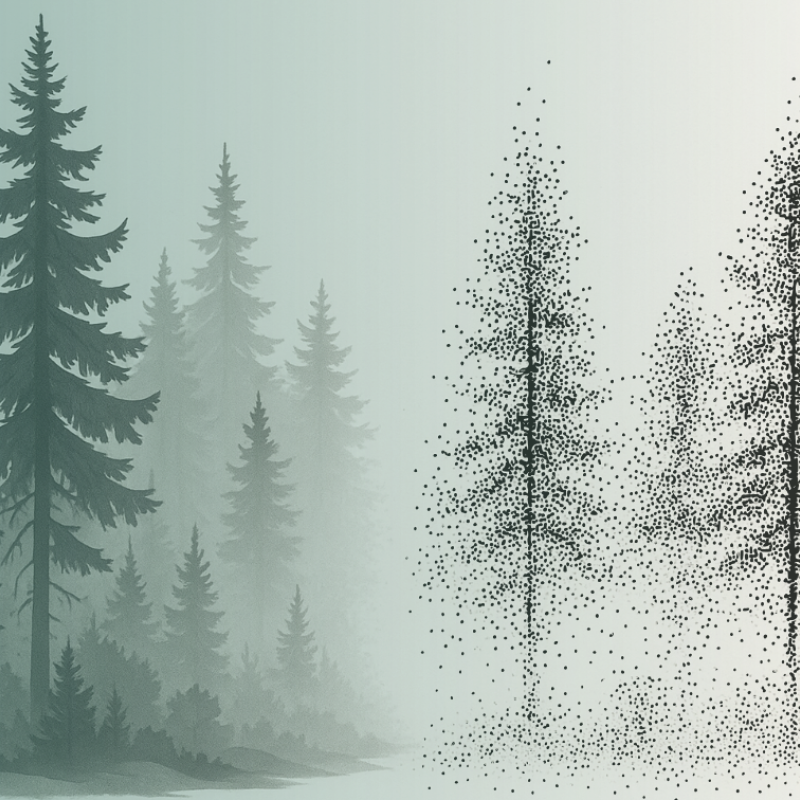Aksel Granhus
Head of Department/Head of Research
Abstract
Based on data from 58 stands located in three different regions within Norway, this study presents new models for quantifying growth characteristics of young, planted trees of Norway spruce (Picea abies (L.) Karst), a species that forms the backbone of the Norwegian forestry sector. The study focused on well-established, sufficiently stocked plantations to capture their inherent growth patterns. The presented models predict total tree height and the number of years required to reach a diameter at breast height of 5 cm for dominant and average-sized individuals, using common tree- and stand-level metrics. The study’s findings indicate enhanced growth of young spruce stands compared to growth dynamics observed in the 1960–1970s, likely due to improved growing conditions. The models presented here are an improvement over existing similar models and can be used in future forest growth and yield simulations. The study also aimed to provide a means to predict diameter distributions of young spruce plantations. While the results suggested significant differences between observed and predicted distributions, this still represents progress as there are currently no tools to estimate diameter distributions of young spruce plantations in Norway. Further research is recommended to corroborate the findings across a larger number of sites and to consider larger sample plots for potentially more accurate diameter distribution predictions.
Authors
Ignacio Sevillano Aksel Granhus Clara Antón Fernandéz Heleen de Wit Fride Høistad Schei Rannveig Margrete Jacobsen Ulrika Jansson Asplund Heikki Korpunen Christian Wilhelm Mohr Jenni Nordén Jørund Rolstad Svein Solberg Ken Olaf Storaunet Marta VergarecheaAbstract
There is an increasing interest in continuous cover forestry (CCF) as an alternative to clearcutting to promote multi-objective forests and preserve continuous maintenance of forest cover. Here, we assessed the effect that an increased use of CCF harvesting methods (shelterwood and selection cutting) in Norwegian forests can have on carbon sequestration. Thus, we simulated CO2 uptake in Norwegian forest stands throughout the 21st century under three scenarios that represent different levels of clearcutting and CCF harvesting methods, keeping the annual harvest volumes constant across all scenarios. The three scenarios are: 1) Business-as-usual (reference scenario where 3.5% of the harvested volume is obtained using CCF harvesting methods); 2) Harvested volume using CCF harvesting methods is increased to 15%; 3) Harvested volume using CCF harvesting methods is increased to 25%. Increasing the proportion of CCF would increase CO2 removals in the long-term (2100), resulting in an additional uptake of nearly 32 and 24 Tg CO2 when increasing CCF up to 25% and 15%, respectively. However, the simulations also showed that to be able to harvest the same timber volume as in the reference scenario that reflects current practice, an increased proportion of CCF would also require logging on a larger proportion of the forest area. CCF could have also positive implications for certain aspects of biodiversity, such as species that require shaded conditions, but harvesting across a larger total area could negatively impact other animals, plants and fungi.
Authors
Heikki Korpunen Yrjö Nuutinen Paula Jylhä Lars Eliasson Aksel Granhus Juha Laitila Stephan Hoffmann Timo MuhonenAbstract
No abstract has been registered

